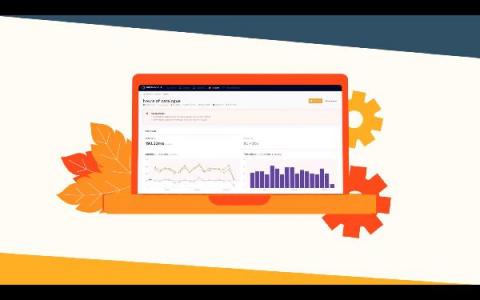Systems | Development | Analytics | API | Testing
%term
SEO KPI Reporting: 19 SEO KPIs You Should Include in Your Reports
Why Agencies and B2B Leaders Need Scheduled Performance Snapshots
DevTestOps Orchestration for Agile Teams | What & How to Make It Right
The three key positions in a software development team are developer, tester, and operations. Required tasks among these positions are continuously changing and evolving and are continuously changed and reinvented. To speed up the development process, development and operations were integrated, which is now referred to as DevOps. Unfortunately, a critical layer between Dev and Ops was overlooked: the fixed cycle of testing.
Application Code Upgrades in Elixir
In this third and final part of my series about production code upgrades in Elixir, we will look at what happens during an application upgrade. Let’s get going!
Speedscale & Locust: Comparing Performance Testing Tools
Picking the right performance testing tool can be a challenge. What should you look for and what is important? Performance testing is a phrase many developers have come across at some point, but what is it exactly? In simple terms, performance testing is a software testing practice used to determine stability, responsiveness, scalability, and most important, speed of the application under a given workload.
A Preview of Appian Portals - A new way to engage with customers
When searching for information or taking action through a public website, end users don’t want to be held back by cumbersome logins or identification requirements. Meanwhile, the organizations on the back end need to be able to quickly and easily create and scale these websites in response to spikes in usage, without compromising security or system performance. Addressing these pain points has been easier said than done—until development of low-code portals, that is.
Interview with Iskren Vankov
For our latest specialist interview in our series speaking to technology leaders from around the world, we’ve welcomed Iskren Vankov, the co-founder and CTO of 3veta.com. Iskren is a top-of-class graduate from Edinburgh, Caltech, and Oxford and is also a published researcher in the field of Quantum Physics.











